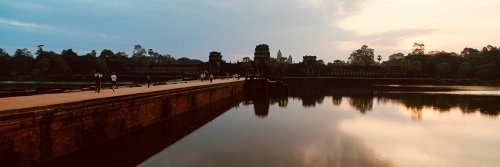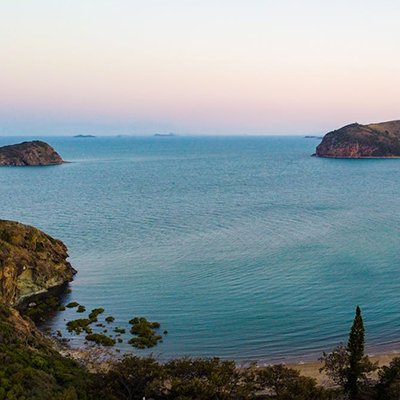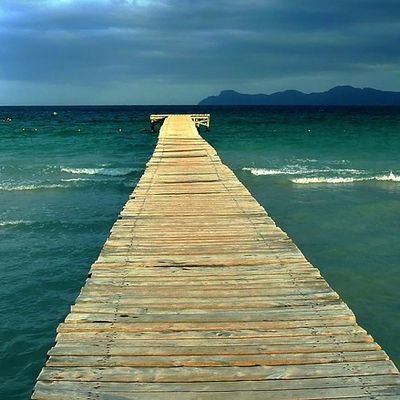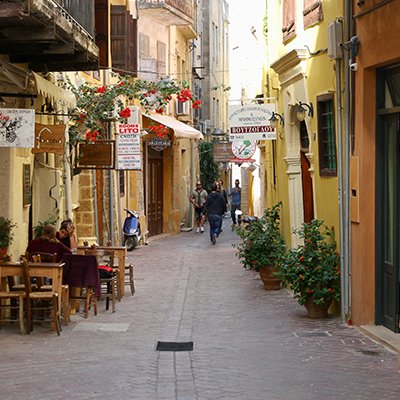The reason to go to Siem Reap for most travellers is the thought of gawking at centuries-old Hindu temples, of which Angkor Wat is the star attraction. A UNESCO World Heritage site, it can be overwhelming watching the sun rise majestically over this historical reminder of a bygone civilization. The largest religious monument in the world, Angkor Wat, is a monumental structure of spiritual importance built in the 12th Century and forms a part of the larger landscape of the Angkor Archaeological Park, which includes the crumbly remains of several other temples and buildings. The iconic symbol of Cambodia, born from Hindu literature, the temples are the earthly homes of the gods. Aligned to the heavens, the sacred central square is in line with the believed vertical axis of heaven and earth, with as many as 18 astronomical alignments within the walls that come to light whenever the spring equinox and the summer and winter solstices occur.
The best time to visit Angkor Wat is in the wee hours of the morning to see the sun rise, but a word of warning, you won't be alone in this endeavour. You can take an organised tour from the town of Siem Reap, or for the independent adventurer, take a tuk-tuk for a thrill you won't forget in a hurry, as it will be a race in predawn darkness to the entrance of the ruins. Don't leave your hotel without a torch of some description. After standing in a queue to purchase the required ticket to the Angkor Wat Archeological Complex, complete with instant "I just woke up" photograph, it will be another race in the tuk-tuk to get to the actual entrance. You will stumble in the dark with only a speck of torchlight guiding you, negotiating the cobbled stone path with a horde of like-minded tourists to witness the spectacle touted as a "must-do when in Siem Reap".
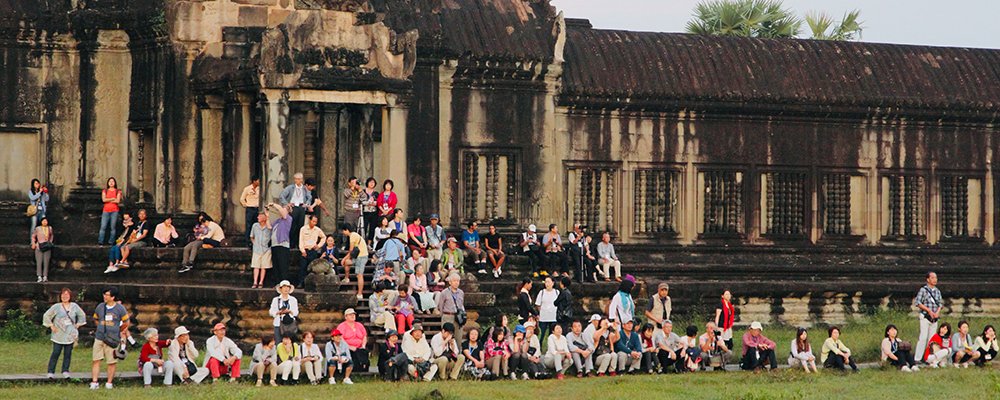
I hate crowded spaces, but for this spectacle, there isn't much of an option. I endured standing for an hour being jostled, pushed, and even touched up, to get that perfect photograph of a sky streaked in scarlet and the surreal reflection in the water of the massive dark structure. How many pictures can one person take standing in one position and not being able to alter the angle of the camera because of the arms, cameras, and heads around? I fled after about 50! Tourists were draped all over the ruins around the main lake, standing, sitting, or clinging to whatever ledge was available to give a vantage point over the dozens of other heads, as there were bodies of people everywhere. People overload is a distinct possibility, and I decided to take my eyes away from the big picture and cross the bridge into the heart of the temple, which will exceed your expectations. You can literally spend hours meandering around in awe.
A word of warning regarding hungry tuk-tuk drivers. If your hotel has generously provided a breakfast box for your excursion, eat it on the way to the temple, because if you don't, the tuk-tuk driver will have a lovely feast while waiting for you to return.
Further out of town, where you can escape the large crowds, is the temple known as Banteay Srei, "Citadel of the Women", a temple in miniature compared to the others in the Angkor complex. Built in pure Hindu architectural tradition, it stands in rich pink splendor, displaying voluptuous sculptured spirits. Its pink hue comes from the red sandstone that was used in its building. Said to be "the jewel of Khmer art", the intricate carvings are in stark contrast to the half-human, half-animal/god statues that stand on sentry. Upon stumbling onto these figures, I was immediately transported to the movie "Planet of the Apes" and my appreciative gaze turned to one of amazement, slashed with fascination. Built in the 10th Century, Banteay Srei is dedicated to Shiva and Parvati (Hindu gods) and is a part of the temples that once formed the medieval capitals of Angkor Thom and Yasodharapura. To me, it was the most beautiful of all the temples in the archaeological park with its elaborate wall carvings.
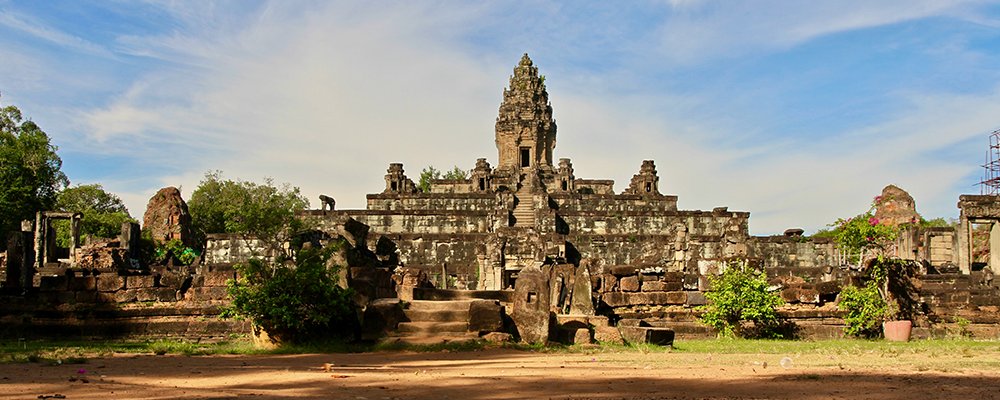
Another temple away from the tourist hordes is Bakong, which was the first Khmer temple mountain built by the Khmer Empire in the late 9th Century. The trip to this temple was as fascinating as the temple itself. You will get a taste of rural life from baby goats slung across the footrest of motorbikes, tractors being used as the family transport, complete with granny, mum, numerous kids bundled on the back, and the odd bicycle or motorbike strapped on as well for good measure. There is a passing parade of school children in blue and white uniforms riding bikes. If you are lucky, you might experience the most amazing sight of a "duck crossing" in the middle of the highway. There were so many waddling ducks that it was a heaving mass of brown and black as they toddled their way across the road. Outside the Bakong Temple in dappled sunlight, a father and son were intent on fishing in the ancient moat with a giant handmade net, while monks were quietly meandering the expansive grounds. Bakong Temple is a steep pyramid with a central tower and massive elephant statues guarding the four corners. You can still see some of the intricate artwork. For those with plenty of time to explore, there are other brick temples on the outside of the temple’s moat.
If you are interested in seeing the magical work of the artisans who do some of the repairs for Angkor Wat, when you get back to Siem Reap, poke your nose into the 'Artisans Angkor', which is a hub for the masters of stonemasonry, wood carving, and other traditional crafts.
Gail Palethorpe, a self proclaimed Australian gypsy, is a freelance writer, photographer and eternal traveller. Check out her website Gail Palethorpe Photography and her Shutterstock profile.

